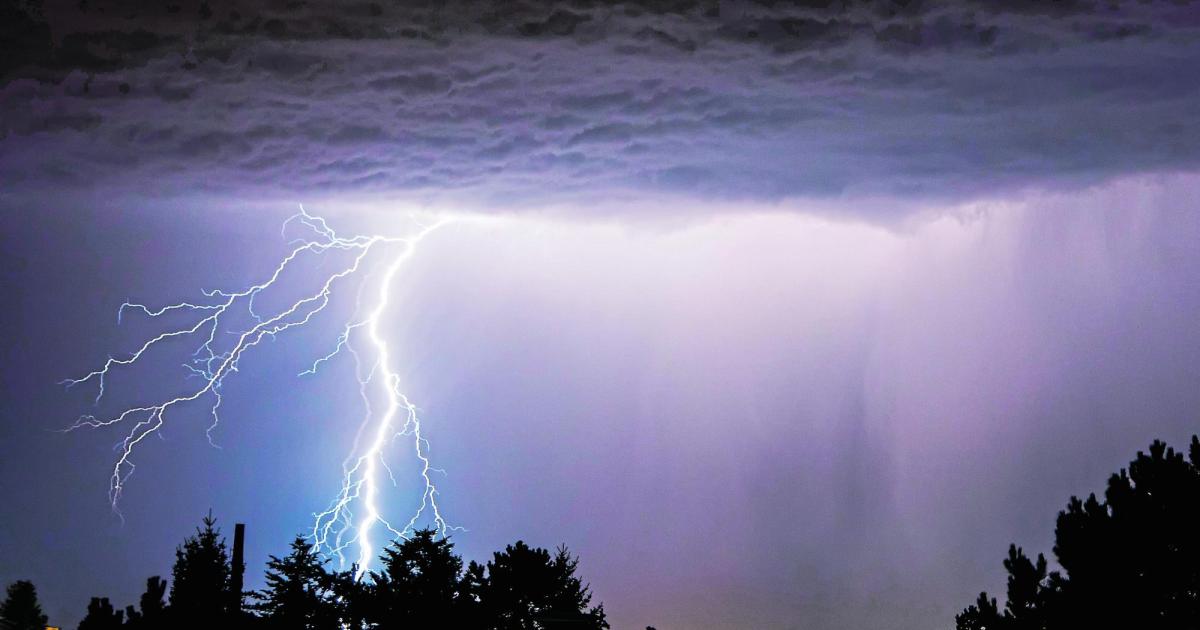The laser can discharge lightning to the lightning conductor during a thunderstorm. This is evidenced by the study conducted by an international research group on a 124-meter-high communication tower on the Swiss mountain Säntis.
The knowledge could lead to better lightning protection for airports, launch pads and large infrastructure facilities, Aurélien Houard’s team at Laboratoire d’Optique Appliquée in Palaiseau near Paris wrote in the specialist journal Nature photonics.
The use of lasers for lightning protection has been proposed since 1974. The use of lasers to guide lightning was demonstrated in the laboratory at the end of the 1990s. However, overseas attempts in 2004 in the US state of New Mexico and in 2011 in Singapore failed.
Säntnis Tower
Scientists attribute the fact that the experiments on Mount Santis were successful to the fact that the repetition rate of the laser pulses was two orders of magnitude higher than in previous experiments. The laser uses emitted light with a wavelength of about one micron (thousandth of a millimeter) and a repetition rate of 1,000 Hz.
The researchers took advantage of the fact that the tower on the Santis River has been used repeatedly for lightning measurements in recent years.
24,000 fps
“This tower, which is struck by lightning about 100 times a year, is equipped with multiple sensors that record lightning current, electromagnetic fields at various distances, X-rays, and radiation sources from lightning discharges,” the study authors wrote.
They installed more meters and two high-speed cameras that recorded lightning strikes at up to 24,000 frames per second.
lightning files
Camera images show that the lightning coils around the laser beam for more than 50 meters and then strikes the tower’s lightning rod. The slightly inclined laser beam was directed so that it approached the top of the tower.
Physically, the following is likely to happen: the intense laser pulses heat the air so much that many air molecules escape into cooler surroundings; A type of channel with very low air density, called a filament, is created along the laser beam.
More accurate for lightning rod
In this wick, the air is more conductive than the surrounding area, making it easier to conduct lightning. Comparisons with recorded lightning strikes without a laser show that lightning strikes the tower’s lightning rod more accurately thanks to laser guidance.

“Food practitioner. Bacon guru. Infuriatingly humble zombie enthusiast. Total student.”








More Stories
Kyiv: Russian Kursk offensive halted
US Presidential Election: Former US Government Officials Warn Against Donald Trump's Election
Netherlands wants to leave asylum system